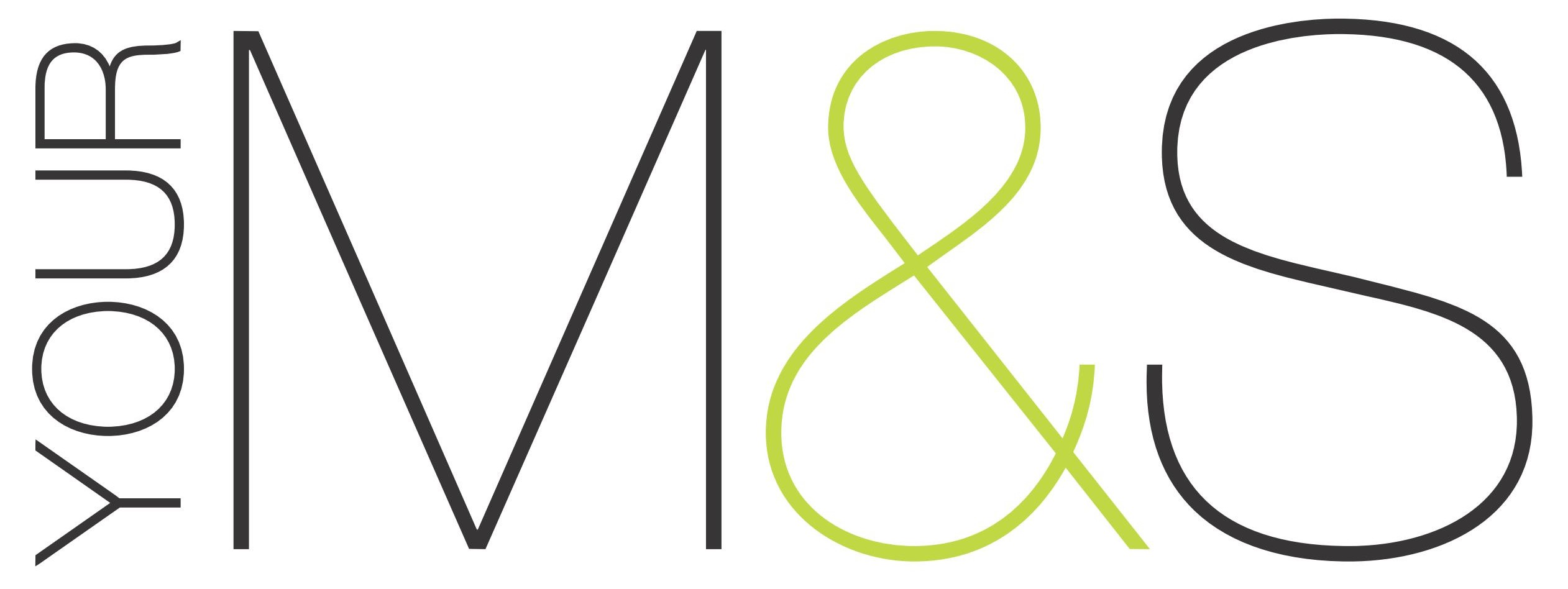Team:Imperial/Art and Design
From 2014.igem.org
Art and Design
Overview
Throughout our project we collaborated with artists and designers. This involved including their input from the initial brainstorming to imagining applications of our final material.
Key Achievements
- Developed a meaningful collaboration with artists
- Involved artists in our initial brainstorming and project development
Brainstorming with the RCA

At the beginning of July when we were coming up with our idea we took advantage of our location and enlisted the help of our neighbours at the Royal College of Art (RCA). As scientists and engineers, we found that we all had similar ways of thinking. Our idea generation was driven by one of two methodologies; either trying to target a major problem or seeking to utilise an interesting technology. We very much constrained ourselves by what we felt was feasible and quickly dismissed “unrealistic” ideas. Our collaboration with the RCA allowed us to take a more open outlook on ideas.
We had several art students present their biology-based design work. These conceptual projects formed science-fiction visions of the future ranging from turning pigeon excrement into detergent to engineering gut bacteria and immune system to digest rotten food. It was a very different approach to presentations and design work that we were used to.
Our subsequent collaborative brainstorming sessions lead to the generation of a whole host of innovative ideas which we have documented on our brainstorming page.
Fashion and Textiles
In addition to our goal of water filtration we were also keen to explore alternative uses of bacterial cellulose. Together with conceptual artists, fashion designers and materials specialists we looked into its use as a textile.

Zuzana Gombosova - Design Researcher
While looking into the artistic uses of cellulose we came across Zuzana Gombosova, a design researcher who has previously explored bacterial cellulose as a material in her project “Invisible Resources”. She explored various manufacturing processes and applications including a concept for a biological printer. She visited our lab and shared some of her growth techniques our material as well as showed us some of her processed samples.
VICTORIA GEANEY-CONCEPTUAL WOMENSWEAR DESIGNER
In order to begin exploring the future potential of bacterial cellulose as a textile we invited Victoria Geaney to our lab to see our biomaterial. She found it an interesting medium and was keen to explore its use in the future.

Phil Townsend - Sustainable Raw Materials Specialist at M&S
Our meeting with Phil Townsend was conceived by his initiative in locating other groups and individuals interested in cellulose. His search landed him on Koon-Yang Lee’s doorstep, who kindly referred him to us.

As a Sustainable Raw Materials Specialist at Marks and Spencer, Phil has recently begun a long-term side project on ‘Man-made cellulosic materials’. The pressure of reducing the carbon footprint of the textile industry is driving research into man-made sustainable materials. His ideal solution would be to produce a bacterial cellulose fibre that possesses the feel, softness and breathability of cotton, as this is preferred by the company’s customers. Cotton, however, has a high demand on the environment as well as some social issues in regions of production. Thus a natural and cost-effective alternative that is attractive to their existing customer base is desirable.
Aside from fabrics, Phil suggested potential applications for our selective-binding cellulose in dye houses and other industries that are under scrutiny for certain chemicals in their waste outputs. All in all, our meeting was mutually enlightening for either party, and reminded us of the versatility and potential still to be explored with this biomaterial.
 "
"











